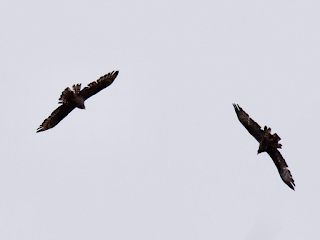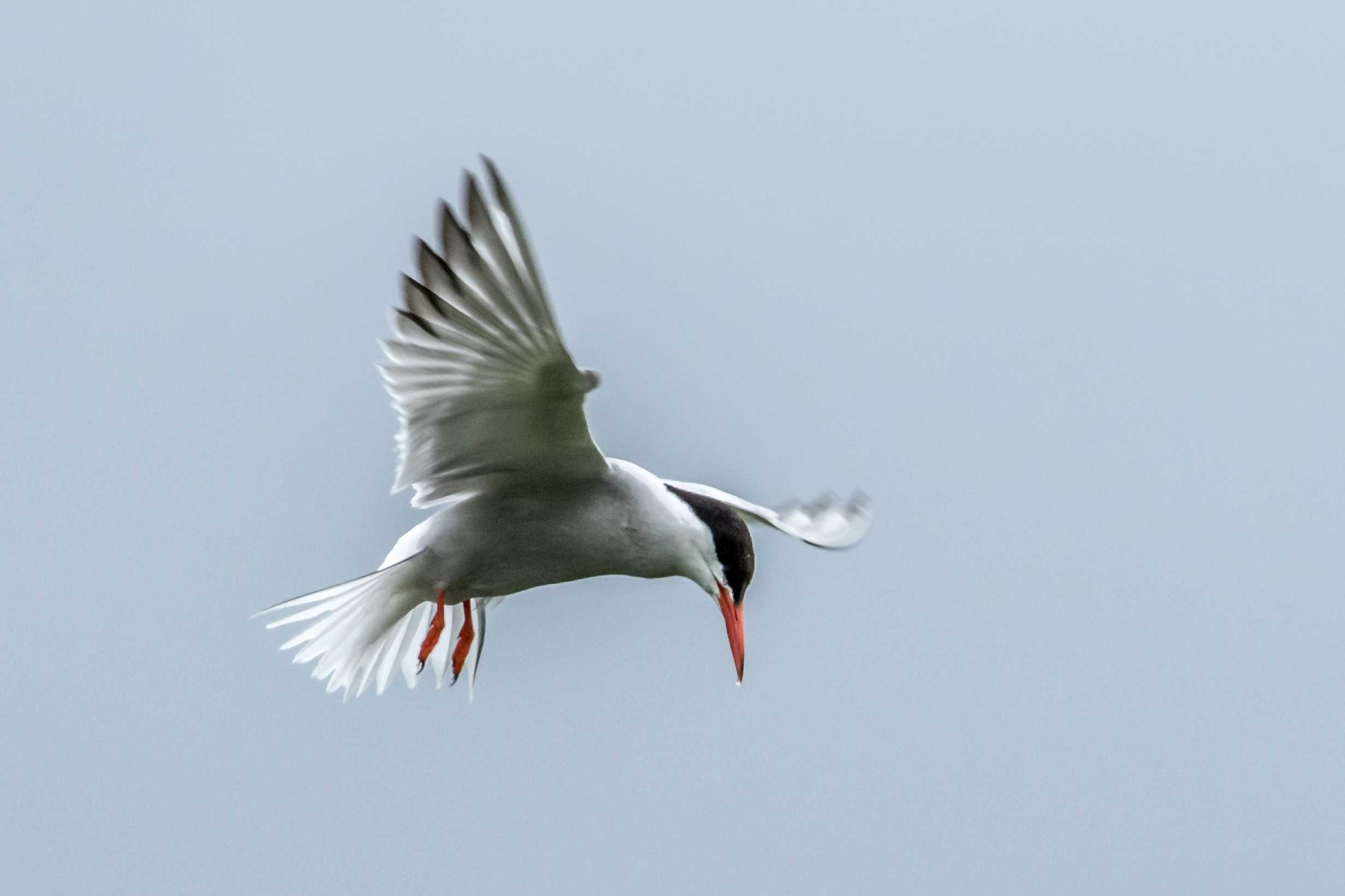Here's a copy of the report I wrote for the Ashdown Forest Bird Group's latest trip.
Sunday 11th July 2021
RSPB Pulborough Brooks, Sussex
Ashdown Bird Group
(9 members present)
Trip Report
July is perhaps the hardest month in the birdwatching calendar. Spring migration has finished, there is
little bird movement and most birds have stopped singing. So it was quite an achievement to record just
over 50 bird species – well done everybody!
At Pulborough Brooks you are guaranteed a good variety of birds and so
it turned out for us:-
·
We saw several raptors including red
kites, buzzards, a kestrel and a sparrowhawk. Unusually, we
did not see a peregrine.
·
There were a few sand martins
flying around the brooks and a few swifts
but no house martins or swallows.
·
Wetland birds included nesting lapwings,
mallards with chicks and shelducks with chicks. A few of us
caught sight of the common sandpiper
as it flew left. Ian managed to pick out
a female mandarin with chicks in
with a group of mallards. 2 black-tailed godwits showed off their
summer plumage to good effect and 8 Egyptian
geese were also seen.
·
As we walked in the woodland area we heard the unmissable sounds of the
ubiquitous wrens, blackcaps and chiffchaffs. A nuthatch was our best sighting, closely
followed by the great-spotted
woodpeckers.
·
The hedges gave us sightings of linnets,
whitethroats and reed buntings.
·
Bird of the day was a lesser
whitethroat. Martin picked out an
unusual bird song before John recognised it and the ID was confirmed visually when
Ian spotted the bird and pointed it out to us.
Butterflies also generated quite a bit of interest.
·
The marbled whites were numerous and were the highlight with meadow
brown, small skipper, ringlet, red admiral and gatekeeper also seen, as was a
lovely cinnabar caterpillar. A white
admiral flew through the car park at lunch time.
Flora and fauna also abound at Pulborough.
·
We saw several of the melanistic fallow deer which are well known at
Pulborough Brooks, much darker than the usual ones. A weasel, rabbits, squirrels and a whole host
of beautiful wild flowers to add to the richness of our visit.
A very interesting
and much appreciated trip!
Bob Hastings



















